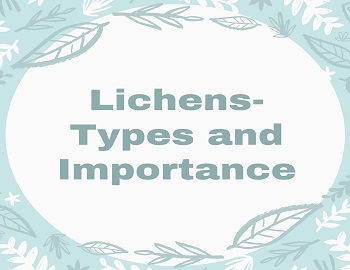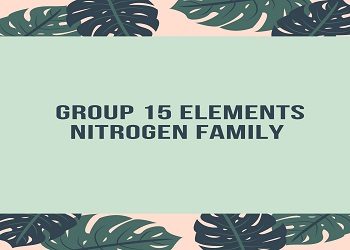Table of Contents
Aquatic Biomes:
One of the most essential requirements of life is water. It is available in plenty in the rivers, ocean, large lakes and ponds. Various ecologically essential factors which control and regulate the aquatic life are oxygen content, salinity, temperature, pressure, light, tides and water currents. The aquatic life is of three categories. These are plankton, nekton and benthos. Plankton is the collective name for passively floating or drifting organisms. Plankton is formed of mostly microscope plants (phytoplankton) such as algae and animals (Zooplankton) such as protozoans, tiny crustaceans, insect eggs and larvae. Large floating plants (Wolfia, Salvinia, Pistia, etc.) which are drifted around by wind and the actively swimming animals (jellyfishes, bony fishes, sharks, snakes, whales, etc.) are collectively called nekton. Benthos include the bottom dwellers. Some of the bottom dwellers are hydrilla, lotus, water-lily (plants), worms, hydra, crabs, starfishes and snails (animals).
Marine Biomes:
There are three kinds of marine biomes. These are seas, sea shores, estuaries.
Seas:
Different regions of sea contain different forms of life due to variation in a set of environment and conditions such as depth, temperature, light and oxygen content. The temperature on the surface of water varies from – 2°C in some polar regions to 32°C in the tropics. The upper position of the oceanic region through which light can penetrate effectively is referred to the as euphotic or photic zone. Below this sunlit zone (below 200 metres) is the region called an aphotic zone, benthal zone or benthos zone. This zone does not contain photosynthetic organisms. Some of the living organisms of the seas are- algae, protozoans, small crustaceans, larvae, eggs (planktonic organisms), jellyfishes, dolphins, whales, bony fishes, sharks, snakes (nektonic organisms), crabs, starfishes, brittle stars, sea anemones, corals and sponges (benthic organisms).
Sea Shores:
The organisms of the seashore live under variable physical conditions and are constantly under the impact of waves. Most of the seashore organisms (algae of many types, sponges, barnacles, crustaceans, sea anemones, worms etc.) are alternately exposed and covered by the tide twice every day-night period.
Estuaries:
The estuaries may be either mouths of rivers or the coastal bays. They have plenty of oxygen, carbon-dioxide, light and minerals. Water in estuaries is less saline in comparison with sea. The tidal action causes rapid circulation of nutrients and helps in the removal of waste products. Some of the organisms of estuaries are algae, large fixed plants, bony fishes, snails, prawns, crabs, skates, etc.
Fresh Water Biomes:
There are three kinds of fresh water biomes. These are rivers and streams, lakes and ponds, and marshes and swamps.
Rivers and Streams:
The running water of rivers and streams may be recognized as consisting of two major zones- (i) the rapid zone- the zone consisting of shallow waters, where the water current has sufficient velocity to keep the bottom clear of silt and other loose materials. (ii) the pool zone- the zone in which water is deep and the velocity of water current is comparatively less, i.e., the velocity of water current is not strong enough to carry the silt and other loose materials. Some of the organisms of rivers and streams are larvae, fishes like trouts (in the rapid zone), flatworms, leeches, mussels, crayfish and snails (in the pool zone).
Lakes and Ponds:
Depending on the depth and the type of vegetation, there are three recognized regions of lakes and ponds. These are littoral, limnetic and profundal zones.
- Littoral Zone- This is the shallow water region adjacent to the shore in which the light penetrates to the bottom. Littoral zone is usually occupied by rooted plants.
- Limnetic Zone- This is the region extending from the superficial part of the open water zone to the depth of effective light penetration. Some of the organisms of the limnetic zone are protozoans, rotifers, small crustaceans, insects and algae.
- Profundal Zone- This is the deepwater part of the open water beyond the depth of effective light penetration. Some of the organisms of the profundal zone are worms, mussels, snails and crabs.
Marshes and Swamps:
Marshes are temporarily flooded low-lying areas, generally, adjoining rivers and lakes. They, usually, have plants like reeds and animals like aquatic insects, small fishes and water birds.
Swamps are wet lands which support shrubs and large trees. Commonly found organisms of the swamps are aquatic insects, reptiles and birds.
- Ecological Pyramids and its Types
- Ecological Succession or Biotic Succession
- Important Biogeochemical Cycles
- Global Warming: Effects and Control Measures
- Asexual Reproduction- Types, Characteristics And Significance
- Vegetative Propagation: Natural & Artificial Methods
- Parthenogenesis: Types And Significance
- Growth and Development in Plants









Comments (No)